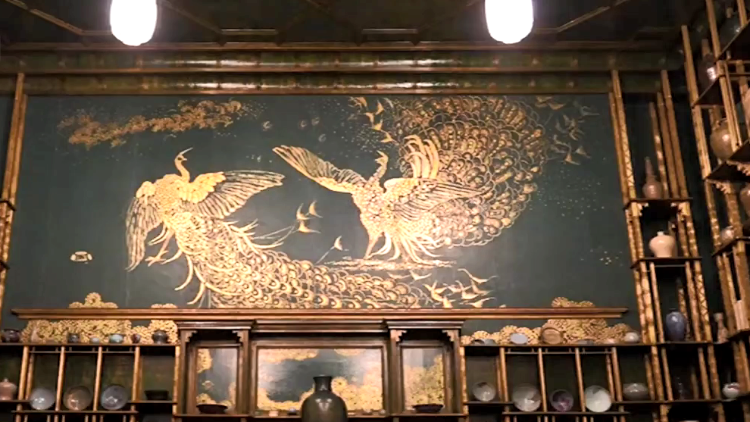The Peacock Room: Iconic Chinese Porcelain Masterpiece and Its Artistic Heritage
The Peacock Room, originally designed to showcase Chinese porcelain, became the epicenter of a fierce debate over artistic aesthetics and display.

The Peacock Room, originally envisioned as an opulent space for displaying Chinese porcelain, has become a legendary symbol in the world of art and design. Created nearly a century and a half ago, the room was masterfully designed to highlight the beauty of blue-and-white ceramics imported from China—a luxury that captivated European collectors during the late 19th century. Yet, what began as a celebration of Asian artistry quickly turned into a heated debate on the relationship between artwork and its environment.
Throughout its storied history, The Peacock Room has been both revered and controversial. Its original home was in London, where its intricately painted walls and gilded shelves drew both admiration and scorn. The design, led by famed artist James McNeill Whistler, clashed with the tastes of its owner, resulting in a bitter dispute that became the talk of the artistic community. This disagreement over aesthetics underscored broader questions about how art should be exhibited—whether the surroundings should harmonize with or simply serve as a backdrop to the featured pieces.
As decades passed, The Peacock Room embarked on an extraordinary journey, crossing the Atlantic to find a new residence in the United States. Today, it is housed in Washington, D.C., where it continues to captivate visitors with its lavish decor and rich history. Each detail, from the shimmering peacock motifs to the careful arrangement of porcelain, reveals layers of cross-cultural influence, blending Western design sensibilities with the elegance of traditional Chinese craftsmanship.
The enduring allure of The Peacock Room lies in its unique ability to spark conversation—not only about the art itself, but also about the way in which art is presented and experienced. As curators and historians continue to reinterpret its legacy, one thing remains certain: The Peacock Room stands as a testament to the power of artistic exchange and the enduring fascination with Chinese porcelain.




